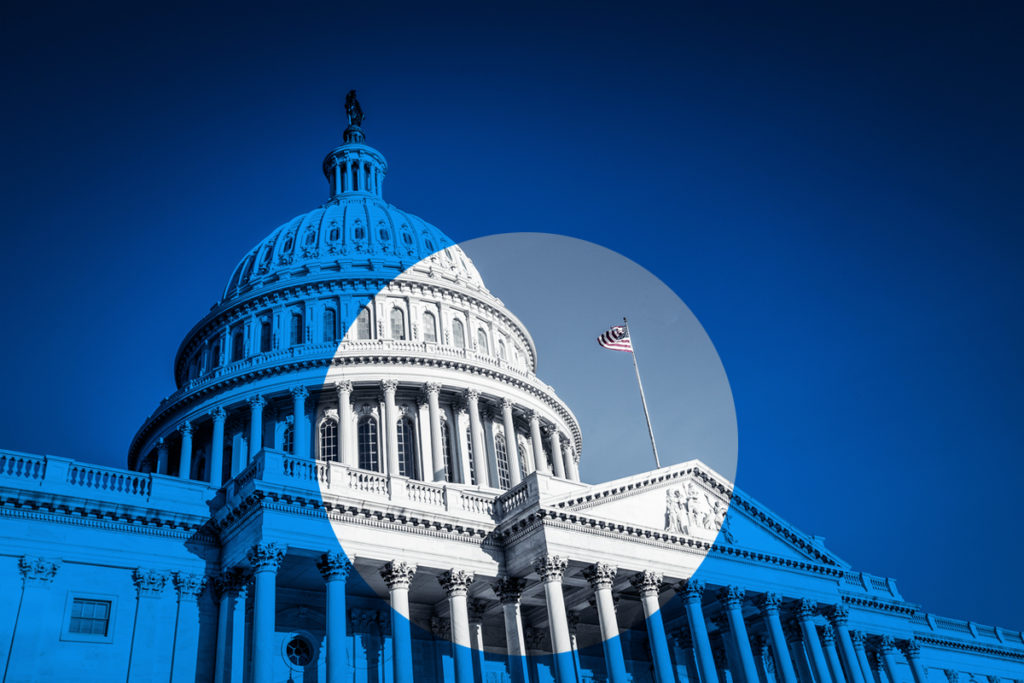
Some of the links on this page may link to our affiliates. Learn more about our ad policies.
Complete Guide for Veteran Seniors
Updated on: January 2023

As of 2015, there were 9.3 million armed services veterans of retirement age. While there are still over a million Korean War veterans and close to a million veteran seniors of WWII alive today, the bulk of today’s retired veterans served in the Vietnam era—with 4.8 million already retired, and another 1.6 million reaching retirement age in the next ten years.
Whatever period you served, however, chances are that you’ve taken advantage of education programs, job search and training resources, and home loans that are available to veterans of all ages. But if, like so many others, you’re a veteran approaching retirement age, you should be aware of a host of other resources waiting to assist you as you leave the working world.
Find What You Need
Veteran Pension
Supplemental Income for Wartime Veterans
The U.S. Department of Veterans Affairs offers a supplemental income for wartime veteran seniors through its pension benefit. You must have served at least 90 days of active duty. If you entered active duty after September 7, 1980, the requirement extends to 24 months or the full period for which you were called or ordered to active duty, with at least one day during wartime. You must be at least 65 or either receiving Supplemental Security Income or Social Security Disability Insurance, be totally and permanently disabled, or receiving skilled care in a nursing home.
Survivors Pension
If your late spouse or parent was served during wartime, you may qualify for the survivors pension. This tax-free compensation is for unmarried children or a low-income widow or widower who has not remarried. The deceased must be an honorably discharged veteran who served at least 90 days of active service, with at least one day during a wartime period, by September 7, 1980. After that date, that veteran must have served at least 24 months or the full period called or ordered to serve active duty. At least one day of this must have been during wartime.
To receive a survivors pension for a deceased parent, a child must be either under 18 or under 23 if attending a VA-approved school or permanently incapable of self-support due to a childhood disability. Download and mail the completed VA Form 21-534EZ, “Application for DIC, Death Pension, and/or Accrued Benefits” to your state Pension Management Center or turn it into your local regional benefit office.
Pensions are based on yearly family income, which must be under the amount Congress has determined for you to qualify. Learn the full details of military pension eligibility at the VA website.
Additional Monetary Benefits for Veteran Seniors
If you are receiving – or are eligible for – a veterans’ pension, you also qualify for additional monetary benefits. Housebound benefits increase your monthly pension figure if you are permanently disabled and limited to your immediate premises. Aid and Attendance (A&A) compensates veterans who are either bedridden, residing in a nursing home, require assistance for daily living functions, or whose eyesight is no more than a corrected 5/200 visual acuity in both eyes, or concentric contraction of the visual field to not over five degrees. You can learn more about housebound benefits for veterans on the VA’s Aid & Attendance Housebound benefits page.
Life Insurance for Veterans
While you may have already assessed your life insurance needs by now, be aware of the full breadth of coverage available to you.
Servicemembers’ Group Life Insurance (SGLI)
Servicemembers’ Group Life Insurance (SGLI) is a low-cost group term life insurance. It is automatic for most active-duty servicemembers and for those who perform at least 12 periods of inactive training a year with the National Guard or Ready Reserve. SGLI is also automatic if you belong to the Commissioned Corps of the National Oceanic and Atmospheric Administration or the Public Health Service. It’s automatic, too, for cadets and midshipmen of the U.S. military academies and ROTC members. You can extend this coverage up to two years if you are totally disabled at separation. You can designate your beneficiaries or change your coverage by filing SGLV 8286.
Veterans’ Group Life Insurance (VGLI)
With Veterans’ Group Life Insurance (VGLI), your SGLI can be converted to a civilian program of lifetime renewable term coverage after separation from service. Complete and file form SGLV 8714 at the VA website.
Family Servicemembers’ Group Life Insurance (FSGLI)
SGLI coverage also qualifies your spouse and children for Family Servicemembers’ Group Life Insurance (FSGLI). FSGLI covers your dependent children at no charge, although your spouse’s coverage cannot surpass your own amount. You can change or decline your coverage by filing form SGLV 8286A.
Servicemembers’ Group Life Insurance Traumatic Injury Protection
Any traumatic injury during your service that leads to blindness, paraplegia, or an amputation qualifies you for payments through Servicemembers’ Group Life Insurance Traumatic Injury Protection. File SGLV 8600 to claim TSGLI.
Service-Disabled Veterans’ Life Insurance (S-DVI)
Service-Disabled Veterans’ Life Insurance (S-DVI) provides life insurance coverage to Veterans who have been given a VA rating for a new service-connected disability in the last two years. Totally disabled Veterans are eligible for free coverage and have the opportunity to purchase additional life insurance. You can file VA 29-4364 to determine if this coverage is for you.
Veterans’ Mortgage Life Insurance
If you are both disabled and approved for a VA Specially Adapted Housing (SAH) grant, you can receive mortgage life insurance protection through VMLI, Veterans’ Mortgage Life Insurance. You must have a title to your home and file form VA 29-8636, Application for Veterans’ Mortgage Life Insurance.
A visit to the VA website will help you determine your veteran insurance options and eligibility.
Disability Compensation
If you sustain or aggravate an injury or disease during active service, you may be entitled to tax-free disability compensation. This may include either physical or mental health issues, as well as related or secondary issues that are discovered after your discharge.
Dependency and Indemnity Compensation (DIC)
If your spouse or parent died on active duty or active or inactive duty for training, you may qualify for Dependency and Indemnity Compensation (DIC). A child may be eligible for DIC if he or she is not included in the spouse’s DIC. There is also an income-based DIC for Parents. This benefit requires mailing VA Form 21-534EZ, Application for DIC, Death Pension, and/or Accrued Benefits to the closest regional office.
A disability may also qualify you for a higher, tax-free Special Monthly Compensation for special assistance if you are housebound or have trouble performing daily living functions on your own. You may mail VA Form 21-2680 to your nearest VA regional office.
The VA also provides additional housing and insurance benefits like
Adapted Housing Grants, Service-Disabled Veterans’ Insurance, as well as Veterans’ Mortgage Life Insurance, and you may be eligible.
Apply for disability compensation by securing an eBenefits account. You’ll need your discharge or separation papers, medical reports, and dependency records (including marriage and birth certificates of dependent children) when applying. If you have not yet been discharged, you can receive benefits sooner by applying through Quick Start or Benefits Delivery at Discharge (BDD).
| Age | Percentage of Veterans Receiving Beneifts |
|---|---|
| 25-34 yrs | 24.7% |
| 36-44 yrs | 21.5% |
| 45-54 yrs | 25.8% |
| 55-64 yrs | 19.8% |
| 65-74 yrs | 5% |
Geriatrics and Extended Care Services
The Geriatrics and Extended Care Services (GEC) helps address multiple chronic conditions, life-limiting illness, and frailty or disability associated with chronic disease, aging or injury. While you may first think of nursing homes and other residential settings like assisted living and community residential care, the GEC also assists veterans aging in place at home. It offers home- and community-based services ranging from home-based primary care and home health aide care to daily health care, palliative care, respite care, hospice care, Telehealth care and even veteran-directed care. Be sure to visit Long Term Services and Supports (LTSS) for the most comprehensive layout of resources available to you and to get funding information on paying for long-term care and locating specific care-related services and resources.
Military Burial
Many veterans are already aware of their burial benefits. These include a gravesite in a national veteran’s cemetery, a government headstone or marker, the opening and closing of that grave, perpetual care, and a Presidential Memorial Certificate. Spouses and dependents who are buried in a national veteran’s cemetery also qualify for certain benefits – burial with the veteran, inscription on his or her headstone, and perpetual care. The headstone, marker, burial flag, and certificate are also cost-free to the veterans (but not spouses or dependents) buried in private cemeteries. Discover the full spectrum of veteran benefits that apply to you at the VA website.
Conclusion
Veterans’ resources aren’t only for career and end-of-life issues. And age-related resources can be used for much more than simply planning future care. Visit www.va.gov to learn more about the options available to you as you age in place.
Sources
- http://www.koreanwar-educator.org/topics/brief/p_veteran_facts.htm
- http://articles.chicagotribune.com/…/ct-met-late-onset-ptsd-2-20131111_1_vietnam-veteran
- http://www.benefits.va.gov/PERSONA/veteran-elderly.asp
- https://www.va.gov/geriatrics/
- https://www.va.gov/health/
- http://www.benefits.va.gov/benefits/
- https://factfinder.census.gov/bkmk/table/1.0/en/ACS/16_1YR/B21002
- https://www.va.gov/vetdata/docs/SpecialReports/Vietnam_Vet_Profile_Final.pdf

